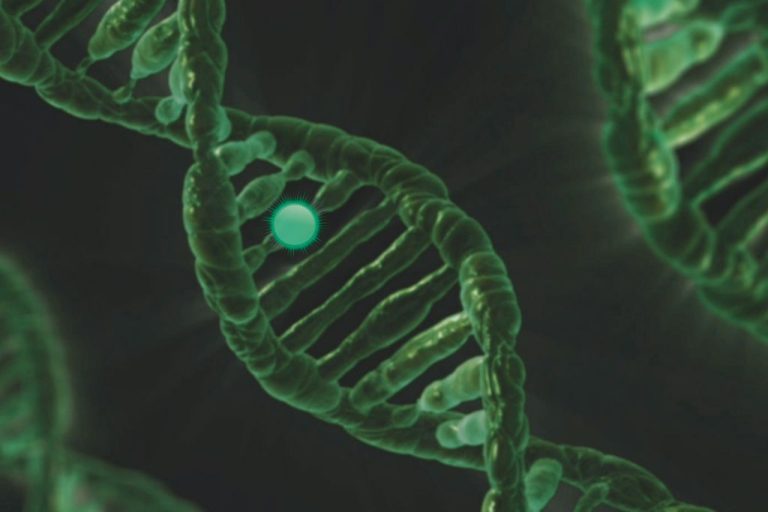Why Grass-Fed Beef Is Better

Grass-fed beef has gained significant attention for its health benefits, ethical farming practices, and environmental impact. Compared to grain-fed, grass-fed is more nutrient-dense, supports sustainable agriculture, and contains fewer harmful compounds. Below, we explore why grass-fed beef is the superior choice for both health-conscious consumers and those looking to make environmentally responsible food choices.
With over a decade of experience in sports acupuncture and strength training, I understand the importance of high-quality nutrition in optimizing performance and recovery. Grass-fed beef provides essential nutrients that support muscle growth, metabolic health, and overall well-being.
1. Higher in Omega-3 Fatty Acids
Grass-fed contains up to five times more omega-3 fatty acids than conventional grain-fed [1]. Omega-3s are essential for reducing inflammation, supporting brain function, and improving heart health. A study published in Nutrients highlights the role of omega-3s in lowering the risk of cardiovascular diseases [2].
2. Rich in Conjugated Linoleic Acid (CLA)
Grass-fed is a superior source of conjugated linoleic acid (CLA), a fatty acid that has been shown to support fat loss, muscle retention, and immune function. Research published in Frontiers in Nutrition indicates that higher CLA intake is linked to improved body composition and reduced risk of metabolic diseases [3].
3. More Antioxidants and Micronutrients
Grass-fed is higher in antioxidants such as vitamin E, which helps combat oxidative stress and supports immune health. It also contains higher levels of essential micronutrients like zinc, iron, and B vitamins, which are crucial for energy production and overall vitality [4].
4. Free from Harmful Antibiotics and Hormones
Conventional beef production often involves the use of antibiotics and growth hormones, which may have negative health implications. Grass-fed beef is raised without these additives, making it a cleaner and more natural source of protein [5].
5. Supports a More Sustainable Food System
Grass-fed cattle are raised on pasture, reducing the need for grain-based feed that contributes to deforestation and soil depletion. Research shows that regenerative grazing practices improve soil health and biodiversity while reducing greenhouse gas emissions [6].
6. Lower in Unhealthy Fats
Grass-fed has a healthier fat profile, with less saturated fat and a more favorable omega-3 to omega-6 ratio. This balance is associated with reduced inflammation and a lower risk of chronic diseases, including heart disease and diabetes [7].
7. Superior Taste and Quality
Many consumers report that grass-fed has a richer, more complex flavor compared to grain-fed. The natural diet of grass-fed cattle enhances the texture and depth of flavor, making it a preferred choice for chefs and home cooks alike [8].
Why Grass-Fed Is the Better Choice
Choosing grass-fed over grain-fed alternatives offers numerous health benefits, from improved fat composition to higher levels of essential nutrients. Additionally, grass-fed supports sustainable farming practices that are better for the environment. If you prioritize health, quality, and ethical food choices, grass-fed is the superior option.
References
- Health.com. Grass-fed beef tips and nutritional benefits. Link
- PubMed: Omega-3 Fatty Acids and Cardiovascular Health. Link
- Frontiers in Nutrition: CLA and Metabolic Health. Link
- TruOrganicBeef: Benefits of Organic Grass-Fed Beef. Link
- Southern Living: Grass-Fed vs. Grain-Fed Beef. Link
- The Real Food Dietitians: Grass-Fed Beef and Sustainability. Link
- PubMed: Grass-Fed Beef and Heart Health. Link
- Heartstone Farm: 7 Health Benefits of Grass-Fed Beef. Link






